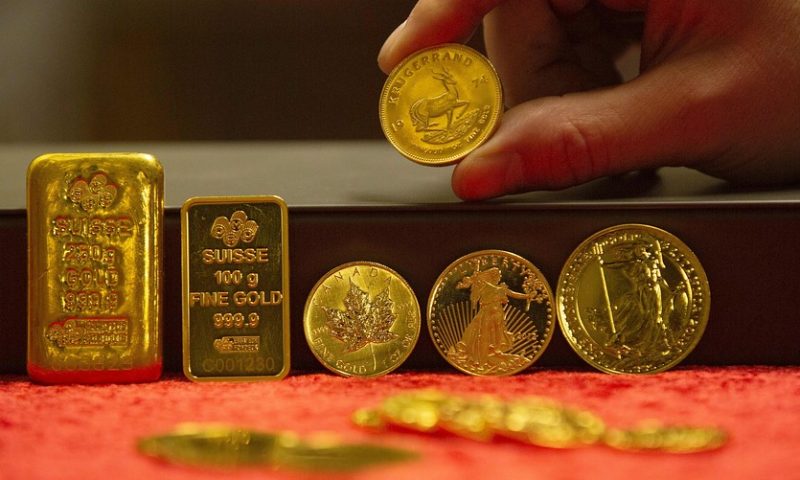Dovish statements from global central banks recently aren’t the only reason for gold’s rise past $1,400 an ounce this week to levels it hasn’t seen in nearly six years.
“Gold is a global market and U.S. monetary policy, while important, is not the only driver of performance,” Juan Carlos Artigas, director of investment research at the World Gold Council, told MarketWatch on Friday.
On the macroeconomic level, there’s “the combination of increase geopolitical tensions and a more accommodative monetary policy stance signaled by central banks, including the [European Central Bank] and the [U.S. Federal Reserve], which have pushed global interest rates lower,” he said.
U.S.-China tensions over trade policy persist as traders await an expected meeting and progress toward a resolution on the trade dispute, between U.S. President Donald Trump and Chinese President Xi Jinping at the Group of 20 leaders summit on June 28-29.
Meanwhile, Trump said Friday that he was prepared to conduct airstrikes against Iranian targets in retaliation for Iran’s move to shoot down a U.S. drone, but called off the strikes.
“Further tensions in the Middle East could bid gold prices higher through haven demand in the short term,” said Maxwell Gold, director of investment strategy at Aberdeen Standard Investments, though “key factors in control of gold right now are rates and recession fears.”
Potential headwinds for gold would include any “hawkish signaling by the Fed or an immediate resolution to the trade war between the U.S. and China,” which would likely contribute to strength in the dollar, Gold said.
On Friday, gold futures for August delivery GCQ19, +0.44% the most-active contract, settled at $1,400.10 an ounce on Comex, after touching an intraday high of $1,415.40. Prices finished at their highest level since September 2013, according to FactSet data.
The gold rally came as no surprise to George Milling-Stanley, head of gold strategy at State Street Global Advisors. “The only surprise in the recent gold moves was the absence of any significant profit taking by speculative interests as gold drove up through the $1,350 level.”
‘This move in gold has been many months in the making..’George Milling-Stanley, State Street Global Advisors
He said he did not want to diminish the importance of apparent shifts in Fed policy toward a more dovish stance than earlier this year, but “this move in gold has been many months in the making.”
If gold develops enough momentum to attract speculators in significant numbers, prices may rise “considerably higher than $1,400 over the next six to 18 months,” he added.
Emerging markets have been key to gold’s rise, given the “resilience” of jewelry demand, continued strengthening in “pure” gold investment demand, and their recent significant increase in central-bank purchases of the metal, Milling-Stanley said.
“Elsewhere in the world, gold is being supported by growing nervousness over the prospects for equity markets after nine years of growth, coupled with increasing fears of recession, with bond markets offering confusing signals,” he said.
Gold has also found support from a technical perspective, according to Artigas. “Gold broke important multi-year resistance levels, and positioning in both futures and options had become increasingly bullish in recent weeks.”
Bullish sentiment has also been seen in net buying through gold-backed exchange-traded funds, with $3.5 billion in inflows worldwide month to date as of June 20, he said. On Friday, SPDR Gold Shares GLD, +0.66% traded up 0.5%.
Looking ahead, “we will have to wait and see how investors, both strategic and tactical, behave over the next few weeks to determine [the] strength of the rally,” Artigas said.
“Key trends to watch include developments in trade talks between the U.S., China and other nations, tensions with Iran, European politics—including Brexit—and forward guidance by the Fed and other central bank in terms of how monetary policy may be adjusted to those conditions,” he said.

